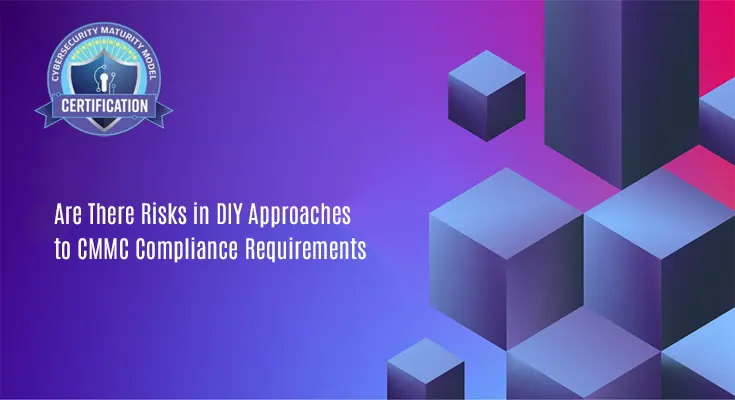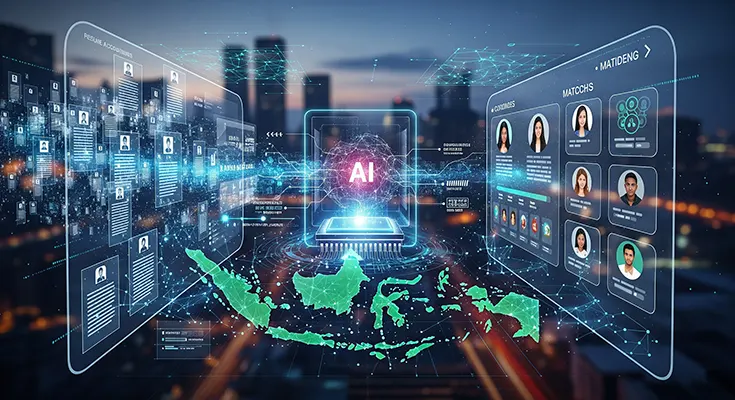
Are There Risks in DIY Approaches to CMMC Compliance Requirements
Trying to tackle CMMC compliance requirements without professional help seems appealing, especially for companies looking to cut costs. However, what looks straightforward can quickly spiral into unexpected trouble. Here’s a fresh look at the less obvious risks behind attempting DIY compliance.
Misinterpretation of Controls Leads to Critical Vulnerabilities
Misreading or misunderstanding CMMC level 1 requirements can open the door to major security vulnerabilities. Simple language in the guidelines can mask the complexity of proper implementation. Companies often think they’re doing everything right until a security breach shows otherwise, leaving them scrambling to fix overlooked gaps.
Even minor mistakes interpreting the CMMC level 2 requirements can escalate into serious risks. Controls might seem straightforward, but their real-world application is trickier. Without expert guidance, it’s easy to assume a control has been met when, in fact, the organization remains exposed to threats, leading to embarrassing compliance failures and damaging vulnerabilities.



